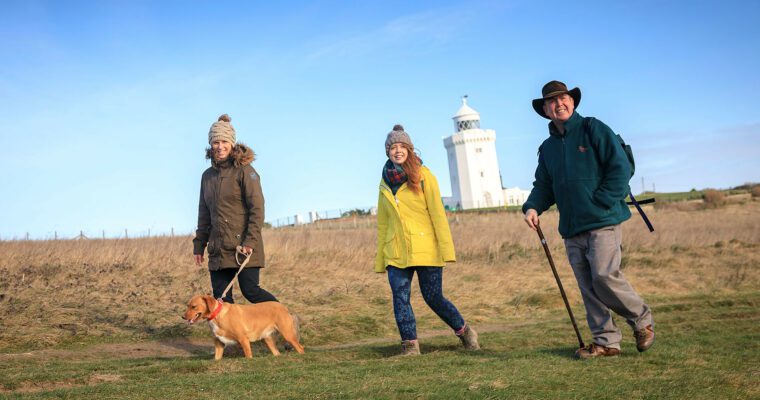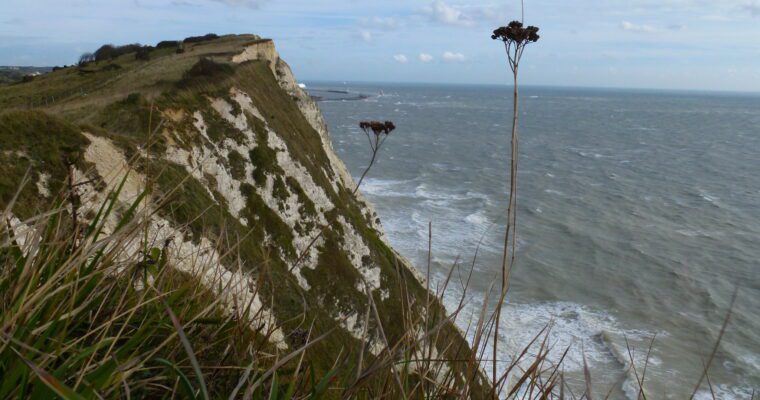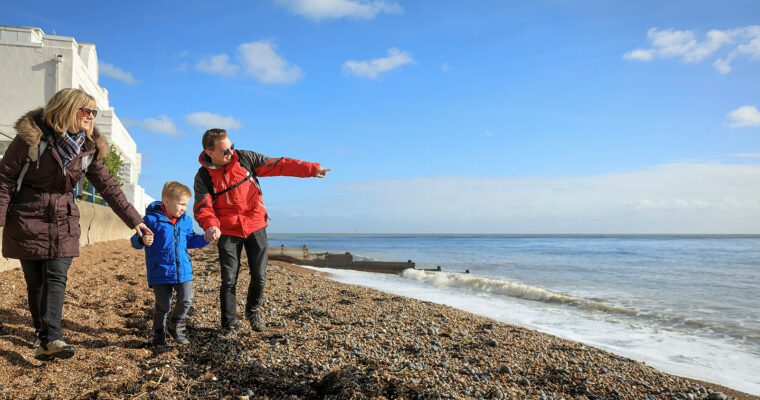Kent’s Heritage Coast – Lonely Planet Best in Travel
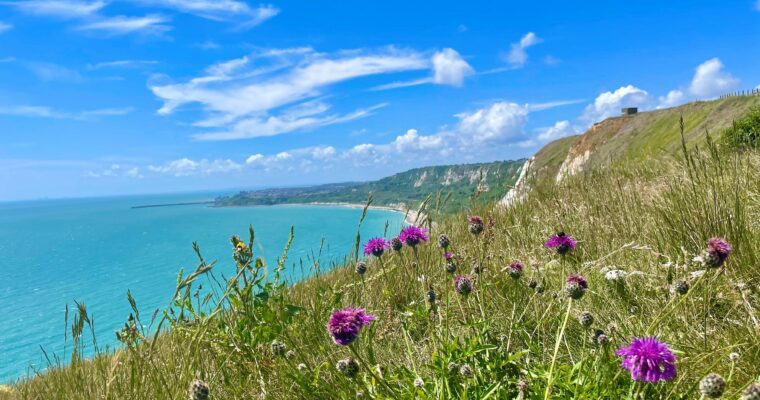
1st January 2022
The Lonely Planet ranks Kent’s Heritage Coast as one of the world’s best regions to visit in 2022
We are absolutely delighted that Kent’s Heritage Coast in the Kent Downs National Landscape has won international recognition as the 4th region on Lonely Planet’s Best in Travel 2022.
Kent is the only UK destination to feature and was selected for its unique experiences, ‘wow’ factor and its ongoing commitment to sustainable tourism practices.
Huge congratulations to all the local organisations, businesses, and people that make Kent’s Heritage Coast such a special place to visit!
Sustainable Tourism
The Lonely Planet panel praised the Kent’s Heritage Coast commitment to sustainable tourism initiatives, including our sustainable rural tourism project, EXPERIENCE, which supports local tourism and hospitality businesses in developing new, low-environmental impact, year-round tourism experiences including accessibility improvements in the Kent countryside. They also noted our UNESCO Sites Across the Channel project which aims to boost sustainable development and inclusion through seeking UNESCO designation.
About Kent’s Heritage Coast
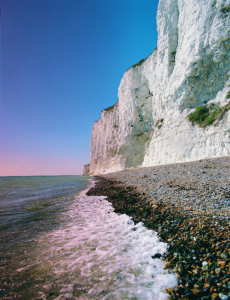
The magnificent chalk cliffs between Folkestone and Kingsdown form Kent’s Heritage Coast, one of Britain’s most evocative and best-known landmarks. For many, they are the first sight of Britain while views to France hold a special appeal, where chalk and clay cliffs, also held in great national regard, mirror the landscape drama. The Dover Strait is one of the world’s most important, recognised and busiest seascapes.
The Heritage Coasts are a popular area for quiet countryside recreation; the cliff tops are crossed by the Saxon Shore Way Long Distance Path and the North Downs Way National Trail. The England Coast Path has been created along these sections of coast and there are several areas of open access land. Several areas offer extraordinary, panoramic views across to France. While access to the base of the cliffs can be difficult, it provides a feeling of remote wildness and relative tranquillity and with exposure to the elements.
The Heritage Coasts either side of Dover have been defined as some of the best undeveloped coast in England, they include the shoreline, cliffs and adjacent downland. The White Cliffs form part of the UK’s national identity; forming a soaring landscape with a seascape of vast horizons of sea and sky extending westwards to the subtle crumbling Greensand and Clay cliffs of Folkestone. Behind the rearing cliffs is a landscape of windswept coastal chalk downs, with further undeveloped areas of salt-wind sculpted scrub, open downland, and farmland punctuated by the remnants of thousands of years of exchange and conflict. The Heritage Coasts are one of the few places in south east England which offer a true feeling of ‘wildness’. The everchanging chalk cliffs, foreshore and seabed platform are home to distinctive wildlife influenced by the sea, climate, geology and exposure.
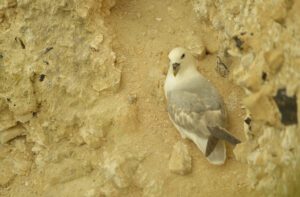 The wildlife of the Heritage Coasts is internationally important, the clifftops consisting of nationally important chalk grassland and scrub, the cliff-faces supporting important breeding sea bird colonies including increasing numbers Fulmars, Rock Pipits, Lesser-black backed Gulls and Peregrines. Seabirds wheeling high in the sky connect the sea and sky.
The wildlife of the Heritage Coasts is internationally important, the clifftops consisting of nationally important chalk grassland and scrub, the cliff-faces supporting important breeding sea bird colonies including increasing numbers Fulmars, Rock Pipits, Lesser-black backed Gulls and Peregrines. Seabirds wheeling high in the sky connect the sea and sky.
The cliffs and grassland contain rare plants such as Hoary and Sea Stock, Rock Sea Lavender, Sea Heath and Wild Cabbage. Most of the area is protected as SSSI, not just for the rich communities of birds, wildflowers but also seaweeds and particularly for the invertebrates. The Heritage Coasts are a vital landing point for migrating birds and insects and are home to many rare species which has been likened in biodiversity terms to the tropical rainforests.
The proximity to mainland Europe places the Heritage Coasts in a key position as species migrate in response to climate change. And of course climate change is already starting to shape the Kent Downs landscape and its future impacts are likely to be significant and profound. The Kent Downs National Landscape Partnership champions positive, proactive, and urgent approaches for mitigation and adaptation which support the landscape character and ecosystem of the National Landscape drafting ambitious and challenging targets as part of the management plan, find out more here.
Visit the Kent Heritage Coast
Popular articles
The Best Viewpoints in the Kent Downs
Searching for incredible views? Look no further! We've rounded up the best…
Top 5 bluebell walks in the Kent Downs
If you're looking for inspiration on the best places for some bluebell…
Lambing season in the Kent Downs
Discover the importance of lambing season in the Kent Downs and find…

